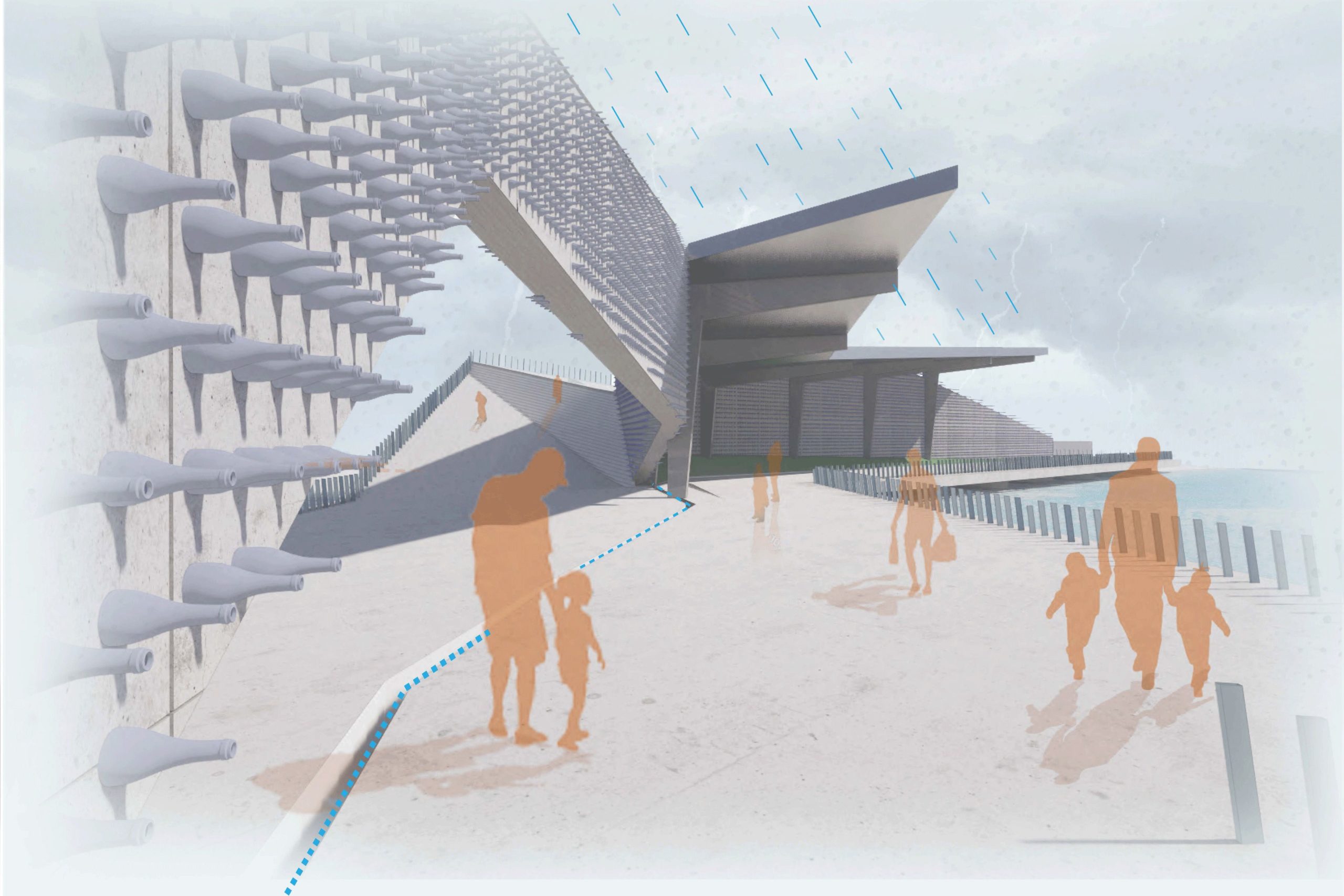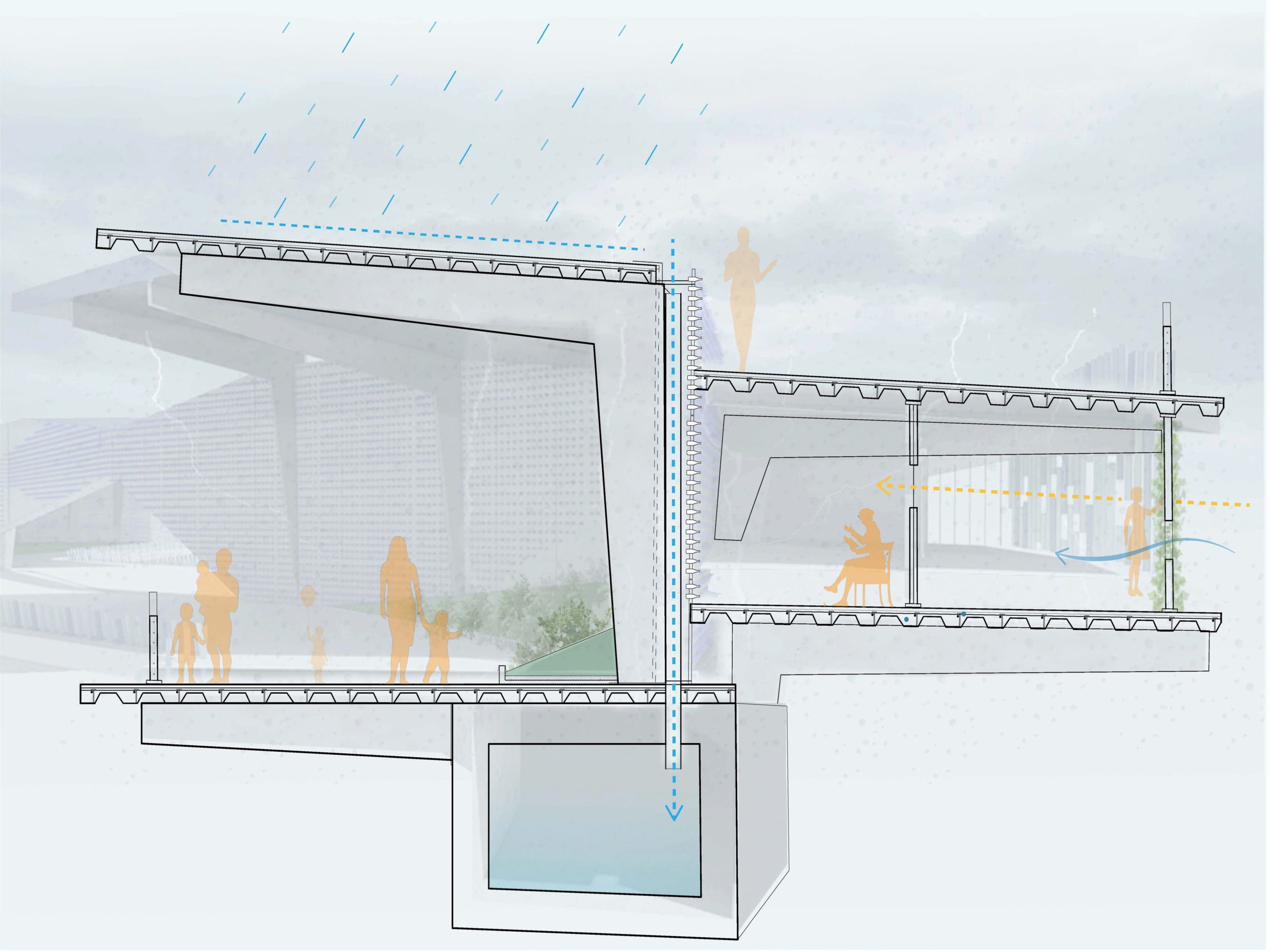Path to Water: Reclaiming ownership of water for self-reliance in rural Angola, Africa
Bachelor of Architecture Thesis Project
Student: Juliana Bento
Faculty: Philip Ra, AIA & Mini Chu
The lack of preparation by the Angolan authorities to supply clean water to all citizens is a problem that is used as an opportunity to design a building that harvests and stores rainwater. The structure would also provide a learning program that focuses on primary education to boost and redefine a better path for kids that wouldn’t normally get the chance to initiate the earlier stages of their education. In addition, a women’s literacy program educates and trains women to progress in society with independence.
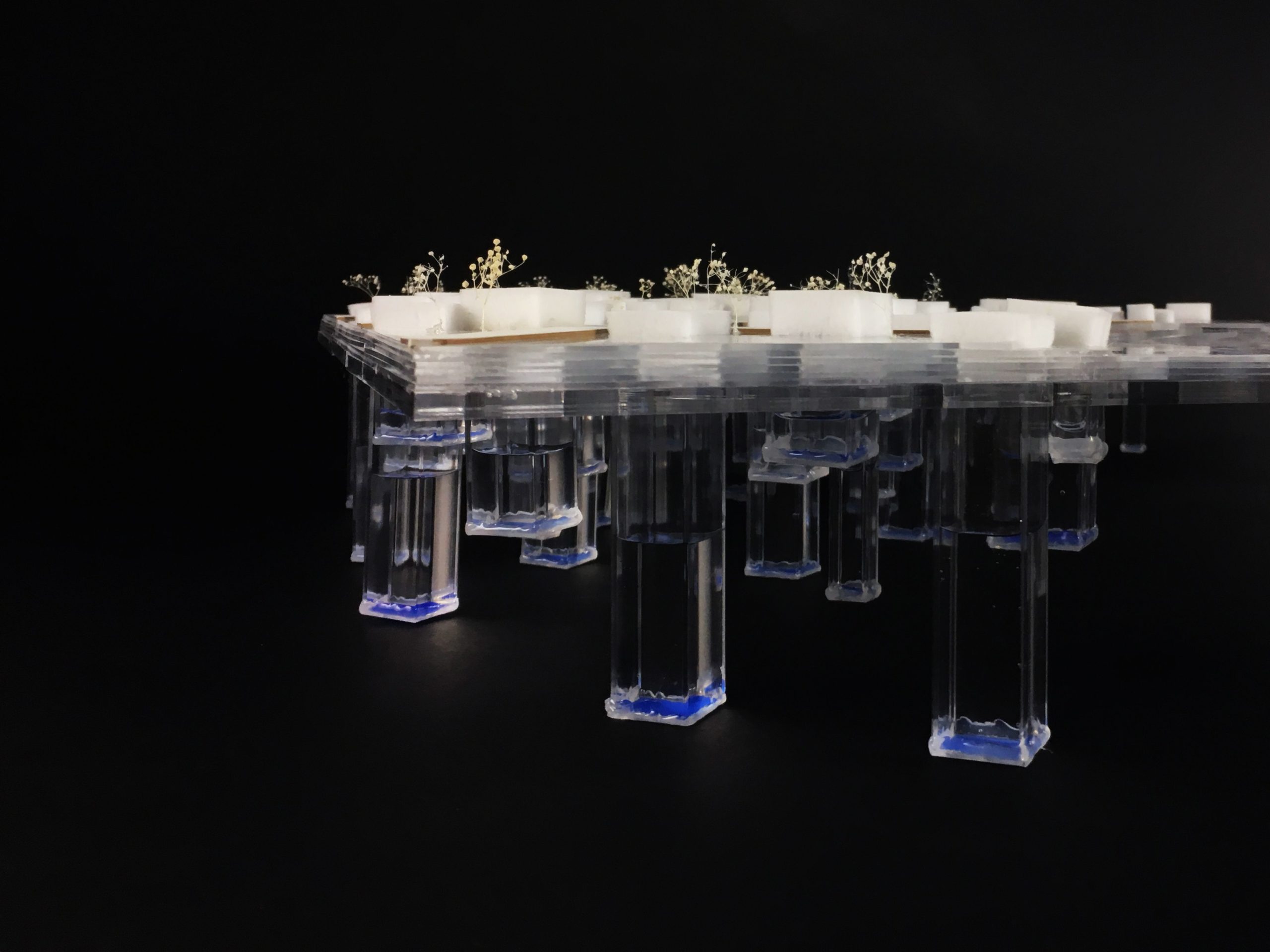
The contrast between the rich and the poor in the Angolan society is a portrait of social inequality. A building that removes obstacles to water access by using its main elements (walls, roof, and floors) as rainwater collecting and storing systems will benefit people lacking access to clean water. Architecture will serve as a statement speaking out against the inequality offering a touch point for the attitude citizens should adopt.
Angola is a fairly well watered country full of renewable water resources but still, only 52% of Angolans have access to clean water. Whether it’s a case of the government’s bad management of the water resources or a case of statization, looking for solutions that would rather focus on promoting social empowerment by teaching people techniques for self-reliance and dignity, is the best approach.
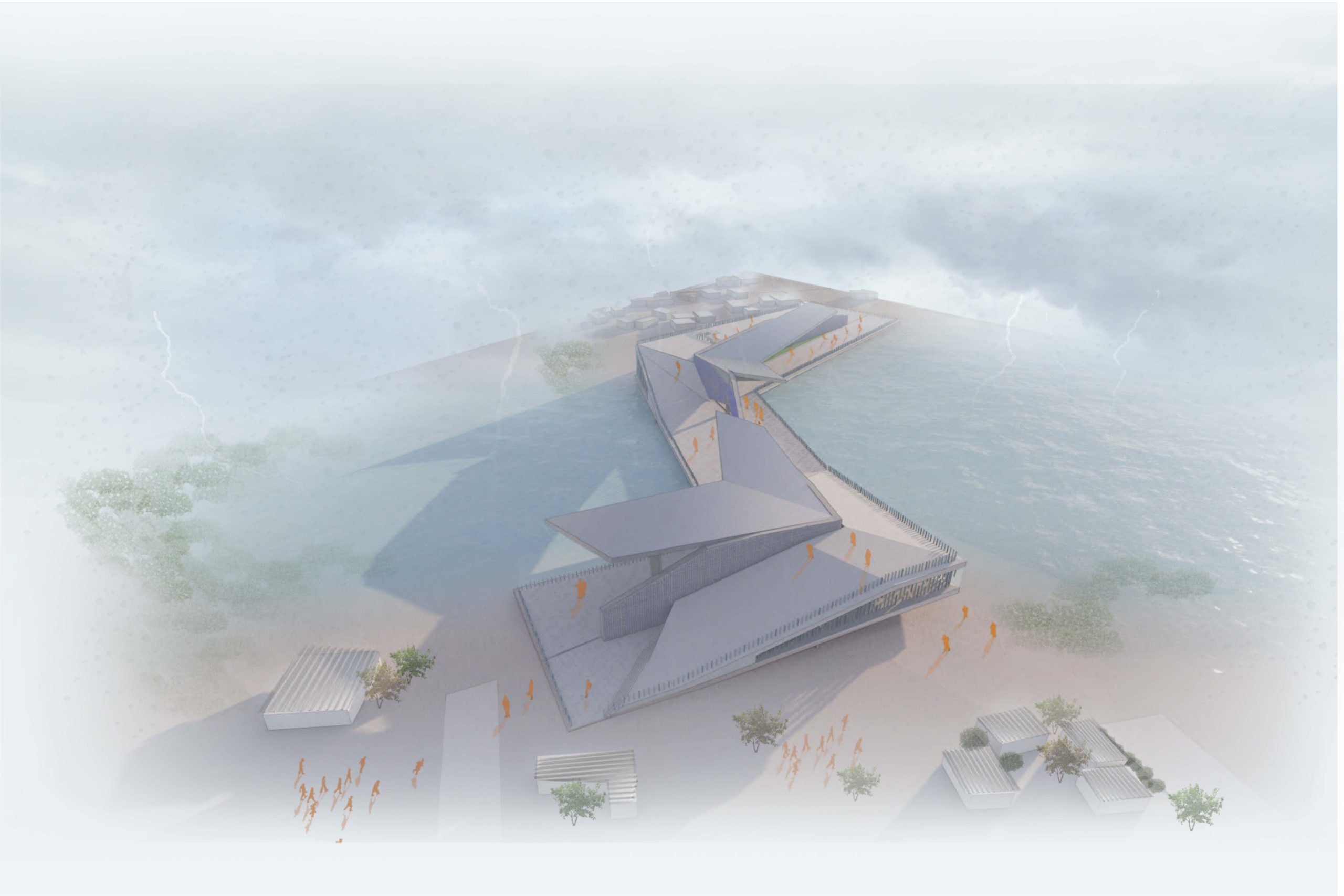
Menongue is representing those cities where the latest technologies don’t reach. For many years the focus has been on investing in the capital’s social and economic growth, leaving other cities’ growth on hold. Cities like Menongue are usually poorer, with less infrastructure and a high level of illiteracy. Menongue’s geography favors water collection from a site water source, rainwater collection, and water retention but like many other cities, there is no proper infrastructure dedicated to those jobs due to lack of funds. Therefore not everyone has access to clean water.
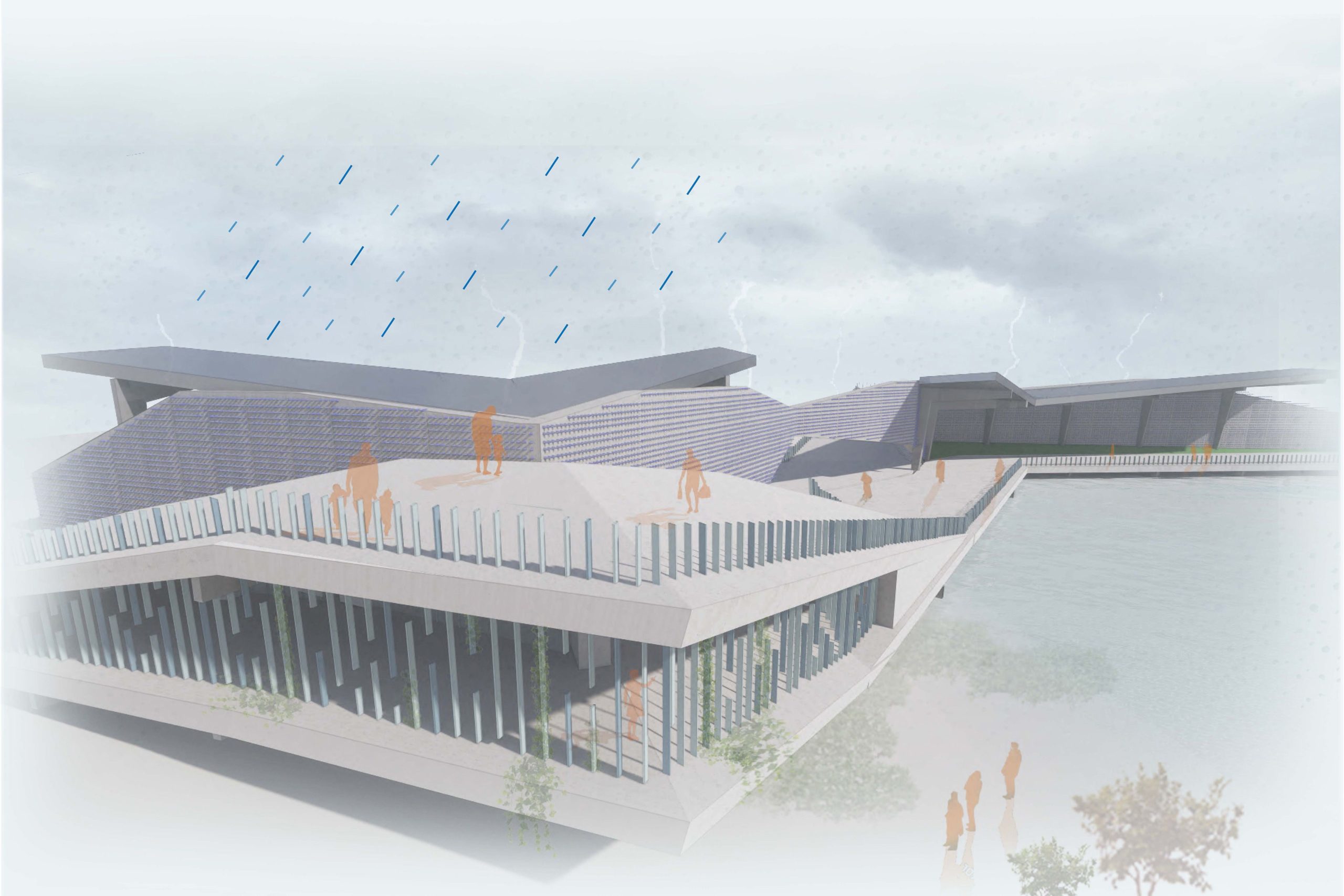
Path to Water is a project that aims to bridge the divide in access to clean water as well as education.
The educational aspect of the building can be seen both on the inside, where there is the primary school program, as well as on the outside circulation, where one experiences and learns about rainwater water collection as one navigates through the building.
The idea of using water bottles in walls is an attempt to tackle the issue of solid waste in Africa by removing some of it and reusing it as construction material, as well as reducing the amount of formal material used in the construction process.
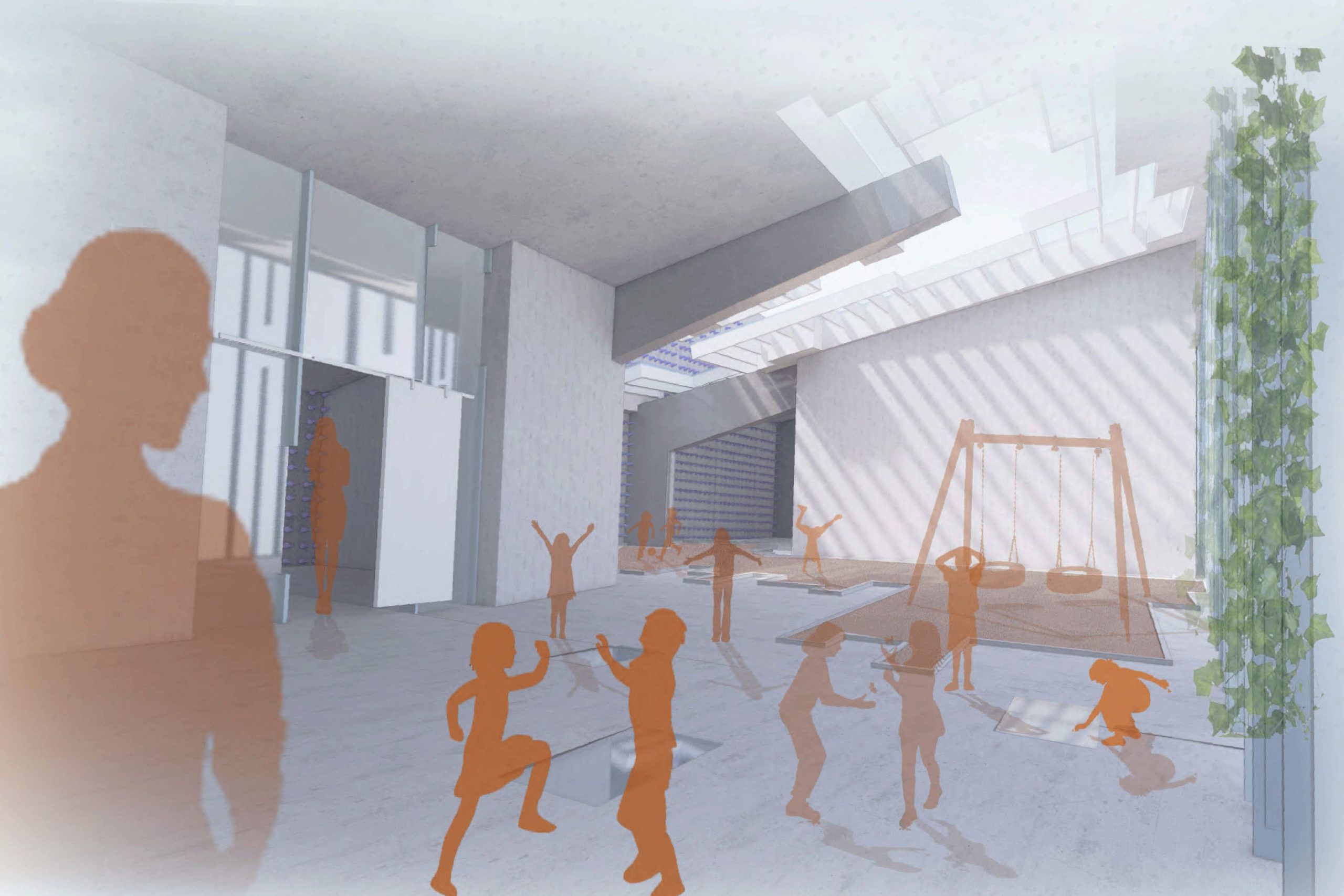
Security is also a big issue in underdeveloped countries, therefore the facade of the building provides safety bars. The idea was inspired by common local protection techniques. The pattern of the security bars mimics raindrops.
The program itself is designed to act as a protection agent, by layering the program elements from the most vulnerable ones (kids program) to the most exposed ones (public program).
